As a Marketer, there is no reason not to be updated and be well-informed about the latest news about SEO and Digital Marketing. In this highly connected world, we have so many resources available at our fingertips. Learning about the who, what, and why of Digital Marketing and knowing the benefits of SEO will be your guide as you implement your marketing strategies.
Like all things, immersing yourself in all this information can be a bit daunting, so let us help you on your way to discovering, or rediscovering, SEO and Digital Marketing news. Browse over the following articles to deepen and expand your knowledge, as we deliver quality information to you on a regular basis. Let’s dive in!
Why Are Search Rankings On My Keywords Changing So Often?
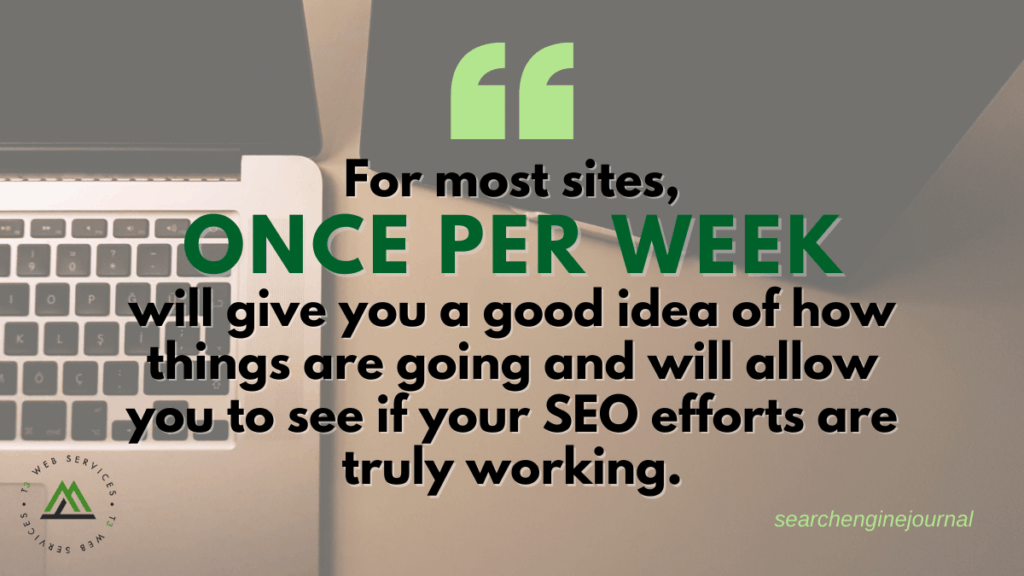

There are many reasons why search rankings fluctuate. Read about why it happens and why it’s a good idea to focus on other metrics, too.
Today’s Ask an SEO question comes from Arjun in West Bengal. Arjun asks:
“Why do rankings of certain keywords fluctuate a lot? For example, a particular keyword ranks 8 in the morning, 10 in the afternoon, 15 in the evening, 9 late at night. The keyword is searched from one location and one IP address only.”
I’ve been soothing client’s fears when they type in a query and see that their site has fallen for 21 years now.
There are many reasons why a site’s ranking will fluctuate – and in reality, in most cases, you won’t definitively know why the ranking changed.
But in many cases, you can make some pretty good assumptions when a keyword’s ranking drops.
You Don’t Weigh Yourself Every Day, Right?
Anyone who has tried to lose weight knows that it’s counterproductive to weigh yourself every day.
The same goes for search engine rankings.
If you check your rankings every day (or as is the case in the question at hand, multiple times per day) you aren’t going to see an accurate picture of how you are doing.
In fact, if you are checking rankings too often, you are going to be susceptible to knee-jerk reactions that may very well derail your overall SEO strategy.
My recommendation is to check your rankings a maximum of once per week.

Know the Basics of Link-Building to Boost Your SEO
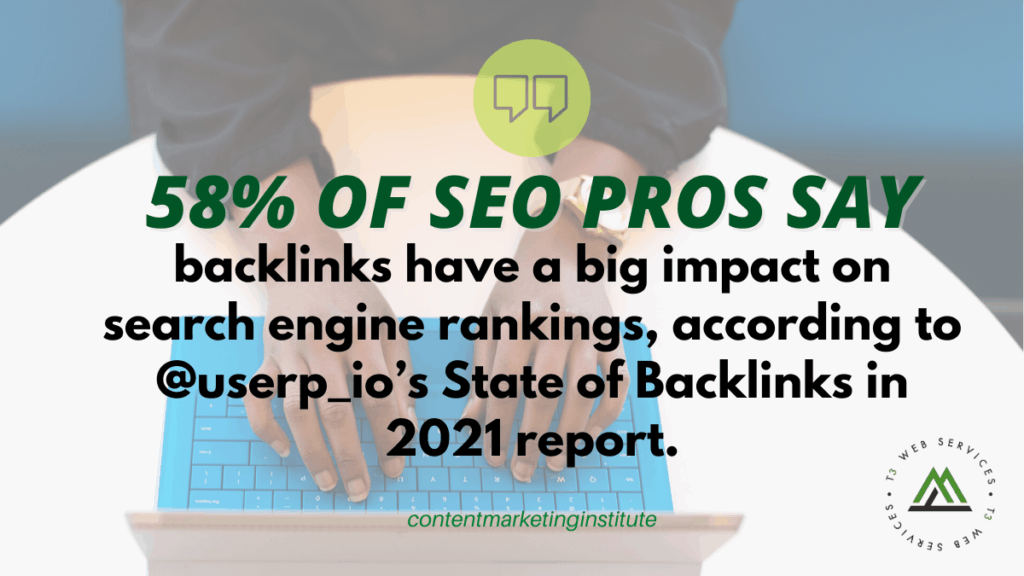

Many content marketers, though, find link-building to be a challenging task. If you fall into that category or are just looking for a refresher on legitimate link-building tactics, I’ve got you covered.
3 types of links
First, let’s look at the three categories of legitimate links:
- Backlink: An external website links back to one of your content assets (i.e., blog post, infographic) or your general site.
- Internal link: One page on your site includes a link to another page on your site. (Internal links are not as valuable as external links, but they help Google understand your site’s structure, which can be helpful for SEO. They also are crucial for on-site engagement and decreased bounce rates.)
- External link: A page on your site includes a link to a relevant third-party site. (In the fledgling years of backlinking, relevancy didn’t matter, but it does now.) Your external links count as backlinks for third-party sites.
Follow vs. no-follow
Not all links are created equal. Just like internal and external links have different effects, follow and no-follow links connect to external content but are wildly different in terms of what they do for your SEO. Exposure Ninja breaks down the difference beautifully:
- Follow links are legitimate external or internal links to your website – exactly what you want in your backlinking efforts.
- No-follow links are applied on the back end with the code, rel=“nofollow”. You can see it in the linking URL. That little piece of code tells search engines not to follow the link – meaning that the linked page won’t receive any direct benefits from this link.
Why would a website use no-follow links? Exposure Ninja explains some of the reasons:
- Untrusted content: Most no-follow links are designed to protect the publishing website. For example, it’s common practice on sites where the comments section allows users to post links because those links could connect to spammy or abusive content, which the site doesn’t support.
- Links that don’t need to be crawled: As Google crawls (indexes) your site, it evaluates the follow links. If your site includes links to pages that have nothing to do with search (think password-protected sections), you don’t want Google to waste its limited time crawling those pages. A no-follow is important to include.
- Paid links: Google and other search engines go a long way to ensure that SEO isn’t a pay-to-play game. Thus, if a site is paid to include a link, the link should be classified as no-follow. (I go into more detail next.)

https://contentmarketinginstitute.com/2021/03/basics-link-building-seo/
Here’s What You Need to Know About Homepage SEO for SaaS
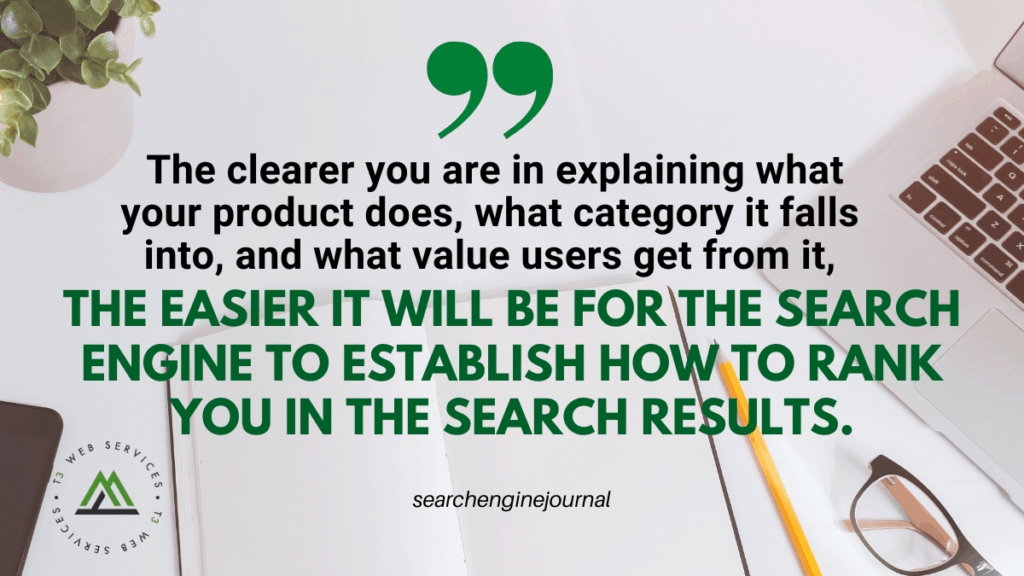

Your SaaS brand’s homepage is more than a landing page for branded queries and direct visits. Learn SaaS homepage SEO tips to help improve rankings.
Why is Homepage SEO So Challenging for SaaS Brands, Specifically?
Let’s face it, homepage SEO is confusing for almost everyone. Whether it is a SaaS company, a local company, or another business type, you’ll find many in each vertical who struggle to make good use of this real estate from an SEO perspective.
At the same time, the homepage is also the one asset almost every business cares about the most.
It’s often the primary landing page, regardless of the traffic source. Because of that, it’s also that one asset that most often:
- Welcomes visitors.
- Makes a first impression about the brand.
- Describes what the company does (or at least hints at it and suggests where else someone could learn more about it).
- Explains what value the company provides and what sets the company and its products apart in the market.
- Points visitors to where they can find the information they’re looking for (both through the navigation and any internal links you place there).
As Yoast explained the typical approach to homepage SEO:
“One purpose that I feel a homepage doesn’t have, and that is ranking for keywords other than your business name or brand.”
That’s true for most brands. But I’d argue that the SaaS market (and what goes with it, SaaS marketing) is different from other industries.
What’s Different About SaaS?
Many early-stage brands don’t have any other commercial assets (or even the ability to create more, at that). For many SaaS companies, the homepage plays a commercial role and might be their only commercial page.
But when you’re a relatively new SaaS company trying to carve a space for yourself in the industry – when you’re trying to beat more established competitors and focused on kick-starting growth – counting on someone searching Google your name and getting to the homepage (remember, the only page on the site) isn’t going to get you far.
What Keywords to Use to Optimize a SaaS Homepage, Then?
There are three types of keywords to focus on. The first is obvious but to find the right phrases for the others, you will need to do a bit of keyword research.
1. Your Brand
Despite the need to focus on other terms, it’s still a good idea to include brand-related terms on the homepage.
At a minimum, include the company or the product name in the homepage’s title tag, typically at the end of the tag.
2. Product Category (If the Intent Is Right)
This is where you begin to position your homepage (and the brand) for phrases that can drive valuable commercial traffic.
Product category-related keywords describe the primary category that best defines your product.
3. Keywords Relating to the Product’s Core Offerings
We’ve covered positioning for your brand and the product category.
But what about those other phrases that describe your product? What about keywords that relate to the product’s features or functionality?
These phrases aren’t your primary keywords but there is a way to weave them in.
What’s more, you can use the homepage to support specific pages you might create for those keywords.

https://www.searchenginejournal.com/saas-homepage-seo/393412/?ver=393412X2
6 Common Google SERP Feature Misconceptions in SEO
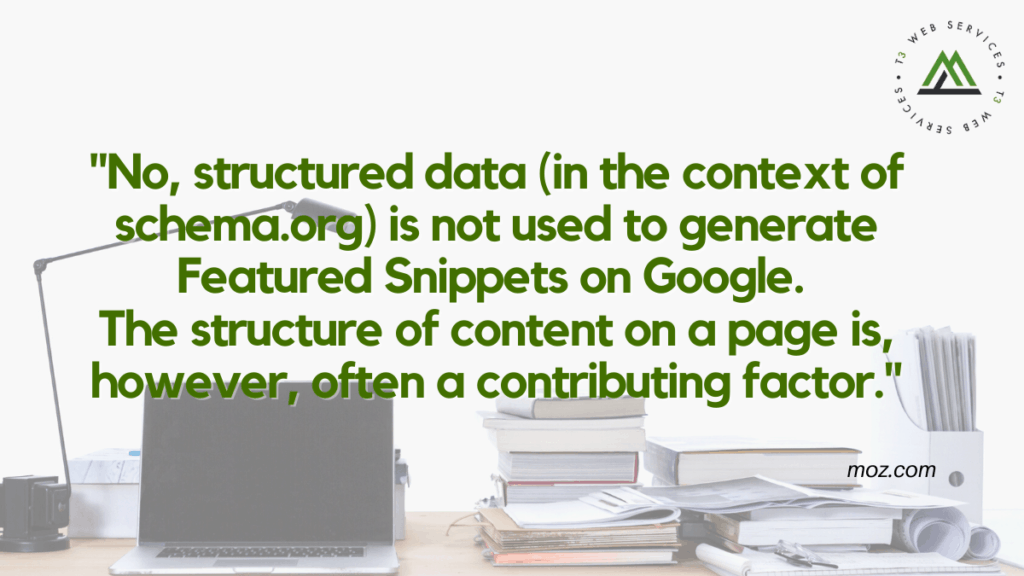

1. What is the maximum number of FAQ and How-To schema rich results that can appear on the first page of Google?
The maximum number of FAQ and How-To schema rich results that can appear on the first page of Google is three. This has been proven for both FAQ schema and How-To schema rich results across mobile and desktop search results. Filtering will happen if less than three rich results are eligible.
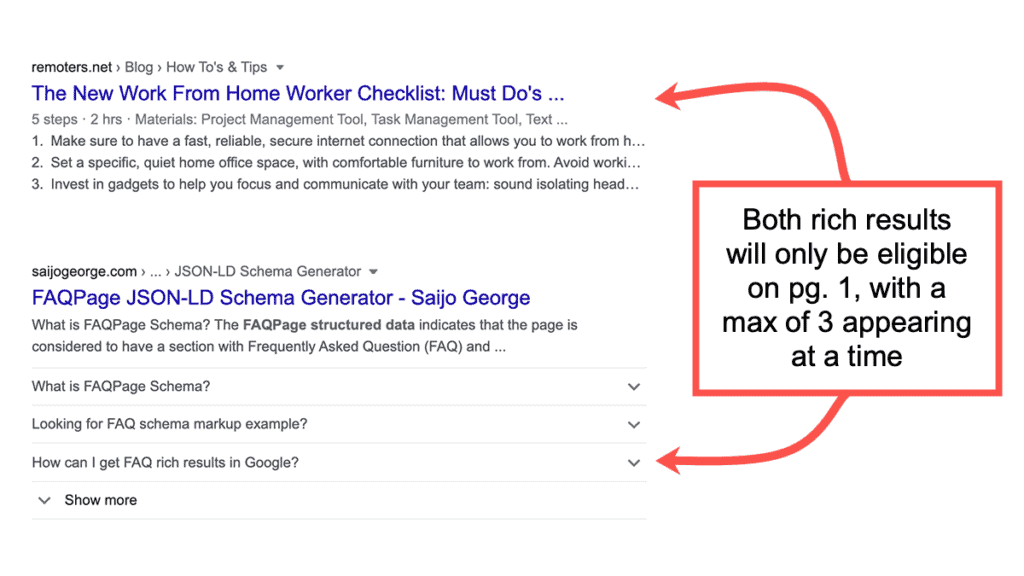
According to our question sample of 775 answers, the most popular answer at 39% was that there is no limit in place for FAQ and How-To rich results (incorrect). The correct answer of “3” was selected by 34% of respondents.

Participants may have been drawn to the “no limit” response because this has historically been the answer for rich results other than FAQ and How-To schema. For instance, review snippets with Product schema don’t have limitations regarding what Google results page they can appear on, or the amount that can appear at the same time.
I am, however, glad to see the amount of participants that gave the correct answer, as this is a topic I’ve written about extensively over the past couple of years. Filtering is a very common reason for FAQ and How-To rich results not appearing, and being aware of the limitations can be a big time-saver for troubleshooting.
2. Is it possible to have too much structured data markup on a single page?
No, it is not possible to have too much structured data on a single page. But just because there are no repercussions from Google for excessive usage, time is often better spent elsewhere. Ultimately, you should focus on what provides value to your site: using valid schema containing information used by Google.
According to our question sample of 604 answers, the most popular answer at 55% was that it is possible to have too much structured data on a single page (incorrect answer). The correct answer of “False” was selected by 45% of respondents.


https://moz.com/blog/google-serp-feature-seo-misconceptions
Google: How to Increase Offline Sales for Local Businesses
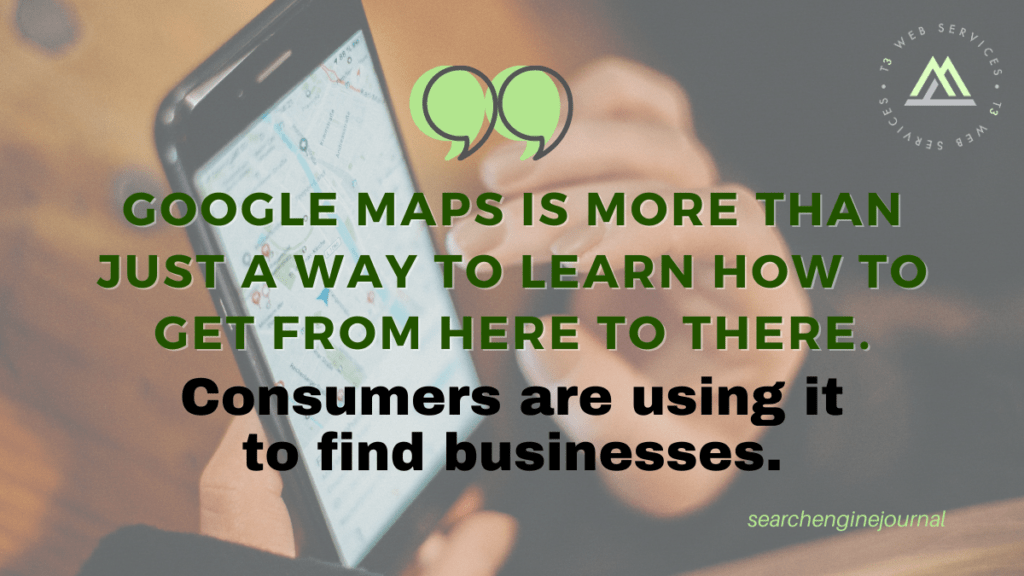

Google published a guide on four ways to drive local search traffic to an offline local business and make more sales. It’s a good reminder that Google is more than just the ten blue links on a search page.
Understanding all the ways customers are trying to find businesses will help create more sales.
For local retail, Google shared that various kinds of searches are growing exponentially.
In particular, three kinds of searches are showing dramatic increases:
- The first kind of search involves consumers searching for businesses that are local to them.
- The second type of search involves consumers who are searching for businesses local to them that have something specific in stock.
- The third kind of search involve restaurant related searches.
Google’s guide shared:
Local Retail
“Searches for “local” + “business(es)” have grown by more than 80% year over year, including searches like “local businesses near me” and “support local businesses.”
Searches for “who has” + “in stock” have grown by more than 8,000% year over, including searches like “who has Nintendo switch in stock” and “who has gym equipment in stock.”
Google Maps
Google Maps isn’t normally considered as a search engine. But like YouTube, it’s where people are turning to find local businesses that provide specific services.
This trend highlights the importance of claiming a free Google My Business account and working with that to enhance your Google Maps listings.
The important takeaway here is that Google Maps should be considered as a search engine that provides a highly targeted context for your local business presence.
Google shared:
- “Searches on Google Maps for “curbside pickup” have increased 9000% year over year in the U.S.
- Searches on Google Maps for “discounts” have grown globally by more than 100% year over year.
- Searches on Google Maps for “gift shop” have grown globally by more than 60% year over year.”

https://www.searchenginejournal.com/how-to-increase-offline-sales-for-local-businesses/401470/
10 Psych Principles to Attract and Grow Your Audience


Principle 1: Reciprocity
One good turn deserves another.
You’ve heard this adage. It stems from a deeply entrenched human inclination to respond to a positive action with another positive action. When someone does something nice for you, you feel obliged to return the favor.
- Produce free stellar content: Generously give prospective customers free ungated content with no strings attached. Make sure the content is valuable and entertaining. The more you give, the more they will feel indebted to your brand. By the time you offer them gated content, they won’t hesitate to give you their details because you’ve front-loaded the relationship with generosity.
- Give away product samples: Freebies aren’t equal. People deem some gifts more valuable than others. For example, a webinar is more precious than a blog post. as is an e-book than a checklist. Up the ante by giving product samples to prospects who match your buyer persona. Because product samples are higher up the value chain, prospects are more likely to repay you handsomely by buying the full product.
- Free access to SaaS products: With SaaS products, give prospects free access to your product for a limited period. By the time the trial ends, not only will they appreciate the value of the product and be more likely to upgrade to a paid subscription because you triggered reciprocity by granting them free access.
Principle 2: Scarcity
Fear of missing out or FOMO is one of the oldest marketing psychology principles.
Nobody wants to miss out. It’s a bitter sinking feeling people avoid at all costs. That’s one reason purchases skyrocket when their cart is about to close. Customers just can’t help themselves when a deal is about to disappear.
Here’s how to evoke the scarcity urge into your lead acquisition campaigns:
- Run limited-time offers: Open-ended campaigns don’t compel prospects to act. But when people know the offer isn’t forever, they are more likely to act immediately.
- Display a countdown timer: It’s one thing to be told the time an offer ends, but it’s another to see the clock ticking. It can create a physical reaction. Prospects act instinctively to grab the offer.
- Say how many slots are left: To drive quick action, tell prospects how many spots are up for grabs. This idea works well for webinars and consulting calls.
A word of warning: Scarcity only works if you tell the truth. You can’t tell people an offer is closed only to reopen it the next hour. You lose authenticity.
Principle 3: Authority
Another psychological trigger you can leverage is authority.
Authority is the tendency for people to respect and follow the recommendations of experts or people more knowledgeable than them. Below are some quick tips on how to exploit this bent positively.
- Certifications: On your landing page, display any certifications your brand has earned. Elevating your company in the eyes of prospects makes them more likely to complete the requested conversion – download a report, book an appointment, ask for a product demonstration, etc.
- Awards: Recognition from outside sources underline your authority in your niche and thus earn your audience’s trust.

https://contentmarketinginstitute.com/2021/04/psychology-principles-grow-audiences/
8 Google Maps Stats Every Business Owner & Marketer Should Know In 2021 [Infographic]
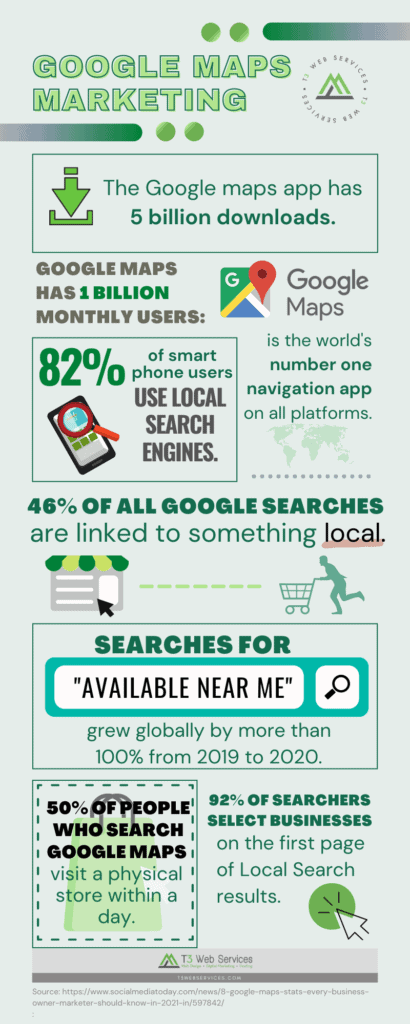

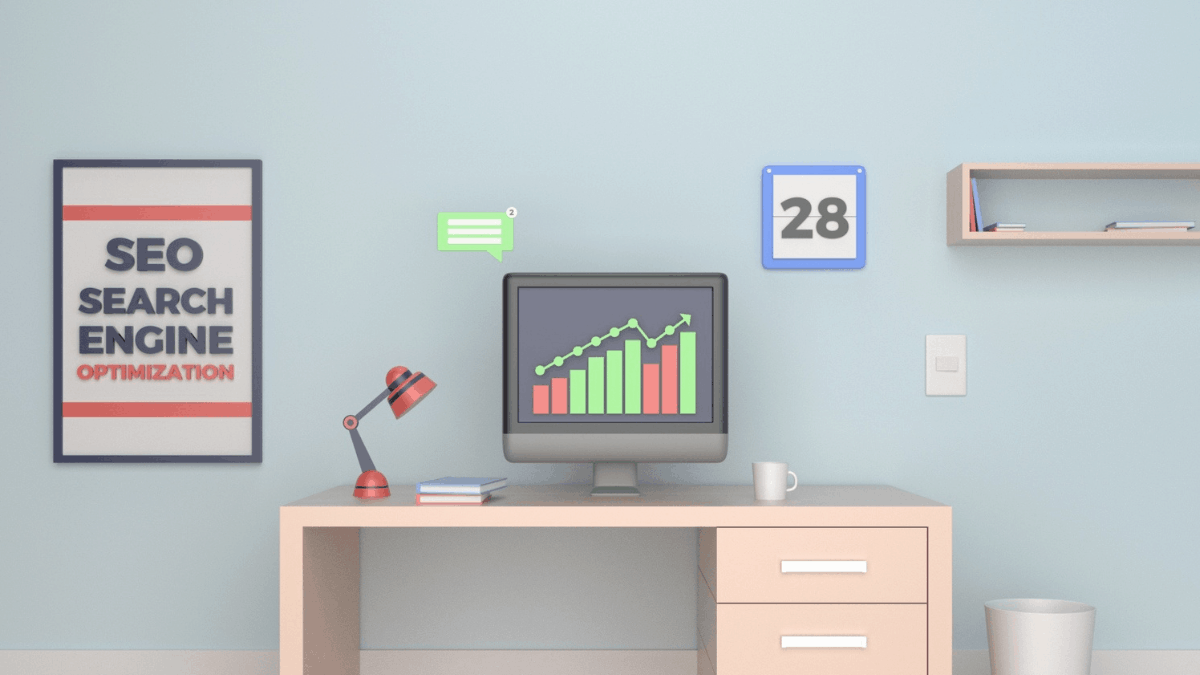
Leave a Reply